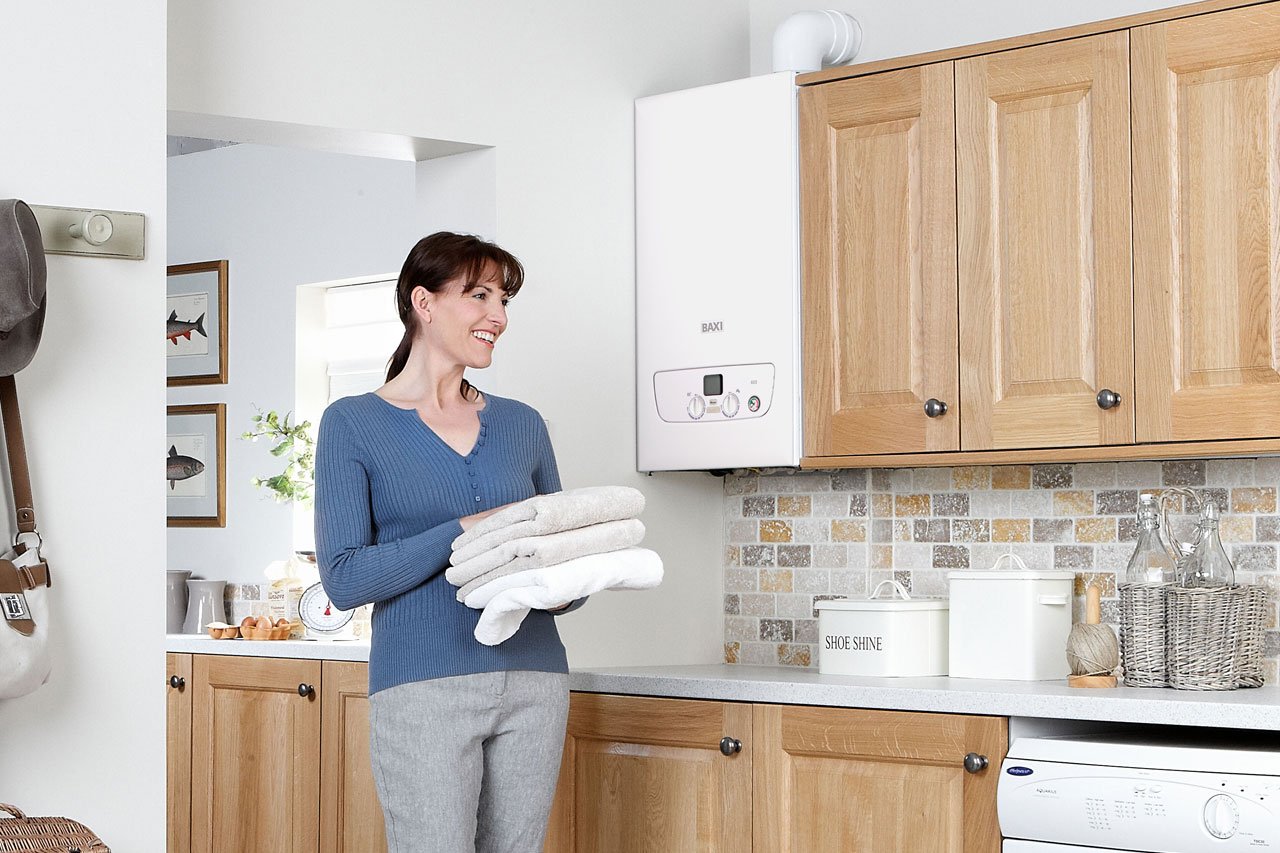Why are my radiators cold?
Why are my radiators cold at the top?
The most likely explanation for this is that there are bubbles of air trapped inside your radiator. Fortunately, this is the simplest issue to solve. All you need to do is bleed your radiator.
This can be done with only a radiator key, an old towel or rag or bucket to catch any water that comes out of the radiator. You can find out how to do this in our in-depth guide on how to bleed your radiator.
Why is my radiator hot at the top and cold at the bottom?
If the bottom of the radiator is cool when the top is just fine, it’s most likely residue build-up inside the radiator – usually sludge that’s accumulated over time.
Pipe metal degrades over the years and could start to send rust flakes through the system, where it gathers in layers of gunk – at the bottom of the radiator. In hard water areas, there can be limescale build-up, too. Either way, there’s unwanted stuff inside your radiator. Not only does this reduce the amount of heat radiating into your home, it could lead to more serious blockages and damage to your heating system.
Why is one radiator cold when the heating is on?
If only one radiator isn’t coming on properly, it’s likely there’s an air bubble in the system, or the radiator’s valve is stuck.
If it’s air, it’s simple to fix. Turn your central heating and all your radiators on max for around 15 minutes. Turn everything off and let it cool for an hour. Bleed each radiator, starting with the one closest to the boiler until all air is gone. When bleeding your radiator, you’ll hear a hiss as the central heating pressure forces air out of the bleed valve. The louder and longer the hiss, the more air is in your system. If there’s a substantial amount of trapped air, it’s likely that this will be the primary obstruction, which is why one radiator is cold when the heating’s on.
If it’s a stuck valve, you may need some help with checking which part of the valve is stuck. If your radiator has a thermostat knob that you can twist (usually with a moulded cover), you should remove the cover to see if the pin still moves up and down. These have a tendency to get stuck, particularly if the radiator’s not been in use for a while. You can loosen it with a pair of grips and some WD40, but if you’re not confident, call a heating engineer to help.
Related FAQs
How to bleed a radiator
Sometimes you may notice a cold patch at the top of your radiators, or they may make a noise when they are warming up.




